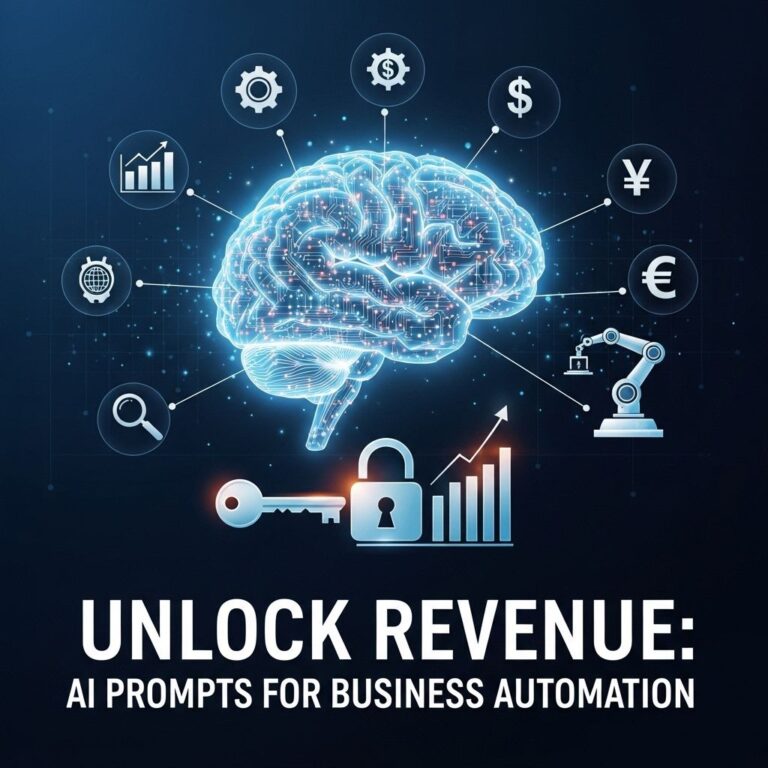As technology continues to evolve, businesses are increasingly turning to artificial intelligence (AI) automation tools to streamline operations, reduce costs, and enhance decision-making processes. In 2025, the landscape of AI tools is expected to be more sophisticated, offering advanced features that can drive profitability across various sectors. This article delves into the future of AI automation tools, exploring their capabilities, benefits, and practical applications, while providing insights on how to leverage these tools to maximize profits.
Table of Contents
The Rise of AI Automation in Business
Automation has been a growing trend in business for years, but AI has taken it to the next level. Companies are no longer just automating repetitive tasks; they are using AI to analyze data, predict trends, and make informed decisions. The integration of AI allows for:
- Enhanced efficiency in processes.
- Reduced operational costs.
- Improved customer experiences through personalized services.
- Data-driven insights for strategic planning.
Understanding AI Automation Tools
What Are AI Automation Tools?
AI automation tools are software solutions that utilize artificial intelligence to perform tasks that typically require human intelligence. These tasks can range from simple processes like data entry to complex activities such as customer service interactions and predictive analytics.
Key Features of AI Automation Tools
Some common features that businesses can expect from AI automation tools in 2025 include:
| Feature | Description |
|---|---|
| Natural Language Processing (NLP) | Enables machines to understand and respond to human language. |
| Predictive Analytics | Uses historical data to forecast future trends and behaviors. |
| Machine Learning | Allows systems to learn from data and improve over time without being explicitly programmed. |
| Robotic Process Automation (RPA) | Automates rule-based tasks by mimicking human actions. |
Benefits of Using AI Automation Tools
Integrating AI automation tools into your business operations can lead to substantial benefits, including:
1. Cost Reduction
By automating routine tasks, businesses can significantly reduce labor costs and minimize human error, leading to financial savings.
2. Increased Productivity
AI can handle multiple tasks simultaneously, freeing employees to focus on more strategic initiatives.
3. Enhanced Customer Engagement
AI tools can analyze customer data to tailor services and improve satisfaction, leading to higher retention rates.
4. Better Decision-Making
With access to advanced analytics, businesses can make data-driven decisions that align with market trends and consumer demands.
Implementing AI Automation Tools
Steps for Successful Implementation
To effectively integrate AI automation tools into your business, consider the following steps:
- Assess Needs: Identify areas where automation can add value.
- Select the Right Tools: Choose AI solutions that align with your business goals and processes.
- Training: Invest in training your team to use these tools effectively.
- Monitor Performance: Continuously evaluate the performance of AI tools and make adjustments as necessary.
Challenges to Consider
While the benefits of using AI automation tools are clear, there are challenges that businesses may face, including:
- Resistance to change among employees.
- Data privacy and security concerns.
- High initial investment costs.
Future Trends in AI Automation Tools
The future of AI automation tools is poised to bring even more innovations. Some anticipated trends include:
1. Enhanced Personalization
AI will enable businesses to deliver increasingly personalized experiences through precise targeting and customized offerings.
2. Greater Integration of AI and IoT
The Internet of Things (IoT) will work in tandem with AI to create smart environments that can automatically respond to user behaviors.
3. Ethical AI
Businesses will need to focus on responsible AI use, ensuring that their tools operate transparently and ethically.
Conclusion
As we approach 2025, the potential of AI automation tools to drive profitability for businesses is undeniable. By understanding and leveraging these tools effectively, organizations can not only stay competitive but also thrive in an increasingly complex market. The key lies in choosing the right solutions, training staff, and continuously adapting to the evolving technological landscape. Embracing AI automation today could very well determine your business’s success tomorrow.
FAQ
How can AI automation tools increase my business profits in 2025?
AI automation tools streamline operations, reduce labor costs, and enhance decision-making processes, leading to increased efficiency and higher profit margins.
What industries can benefit the most from AI automation in 2025?
Industries such as manufacturing, retail, finance, and healthcare can significantly benefit from AI automation by optimizing workflows and improving customer experiences.
Are AI automation tools easy to implement in existing business operations?
Yes, many AI automation tools are designed for easy integration, allowing businesses to adopt them without extensive overhauls of their existing systems.
What are the long-term benefits of using AI automation tools for profit maximization?
Long-term benefits include sustained cost reductions, improved scalability, enhanced data analysis capabilities, and better customer engagement.
Can small businesses also leverage AI automation tools to maximize profits?
Absolutely! Small businesses can utilize AI automation tools to streamline processes, save time, and enhance productivity, making it easier to compete with larger corporations.
What should I consider when choosing an AI automation tool for my business in 2025?
Consider factors such as compatibility with existing systems, ease of use, scalability, customer support, and the specific needs of your business operations.





